aged mantinine| Why is it called aged mantning front street brewing advice
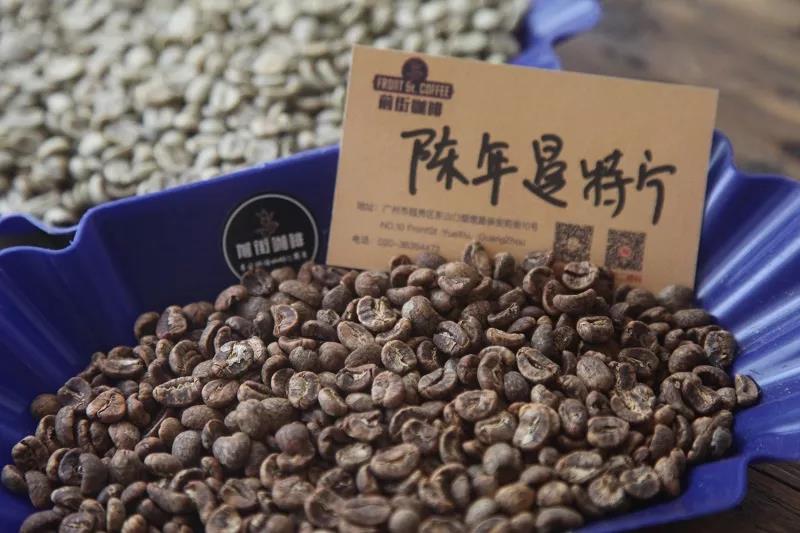
Professional coffee knowledge exchange more coffee bean information please follow the coffee workshop (Wechat official account cafe_style)
We all know that coffee beans need to be fresh, but in fact, there are some treatments that store raw coffee beans for a period of time, such as the old treatment in Indonesia and the monsoon treatment in India.
However, although they are all old beans, they are also very different. Now let's find out the difference between these two treatments.
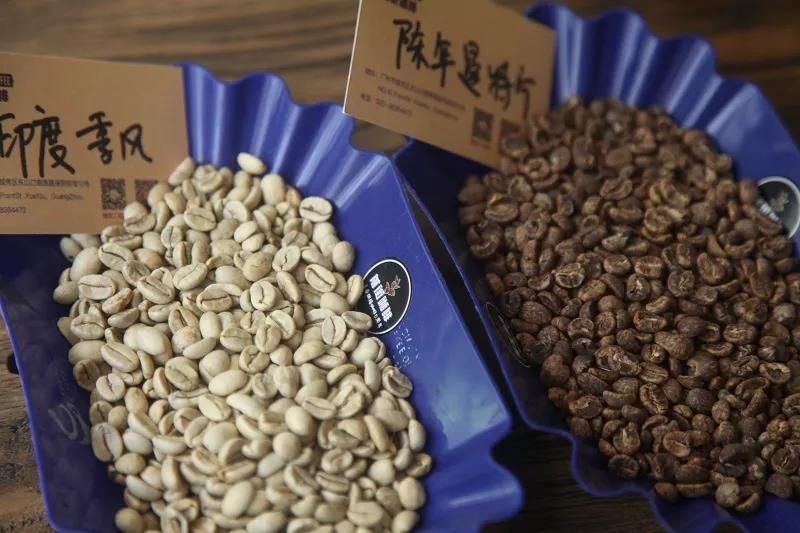
[comparison of treatment methods]
[aged coffee beans Aged bean]
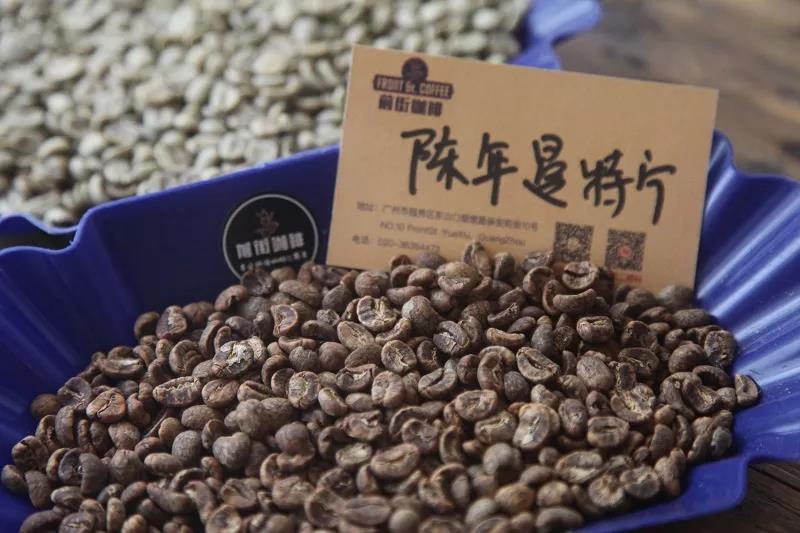
Aged beans are an unexpected result of coffee history. During the Dutch colonial period, Sumatra was one of the main producing areas of coffee beans in the world. The coffee produced had to supply the huge demand of European consumer countries. In order to ensure a safe supply, coffee bean merchants kept part of the harvest for storage and stored it for a long time. Fearing that the beans would be moldy and corrupt, the bean merchants would lose all their money, so they took several actions for granted during Chen Fang's period, coupled with the fact that it took a long time to sail, resulting in a unique special flavor. European coffee gluttons flocked to it.
The so-called "aged beans" does not mean that coffee beans can be aged for a few years at will. if they are not treated in accordance with a specific way, the beans will rot after they have been kept for a long time, change from fresh turquoise to gray and yellow, completely lose their flavor, or even become moldy worms. It may make the coffee merchants' painstaking efforts wasted, and the old beans become bad beans.
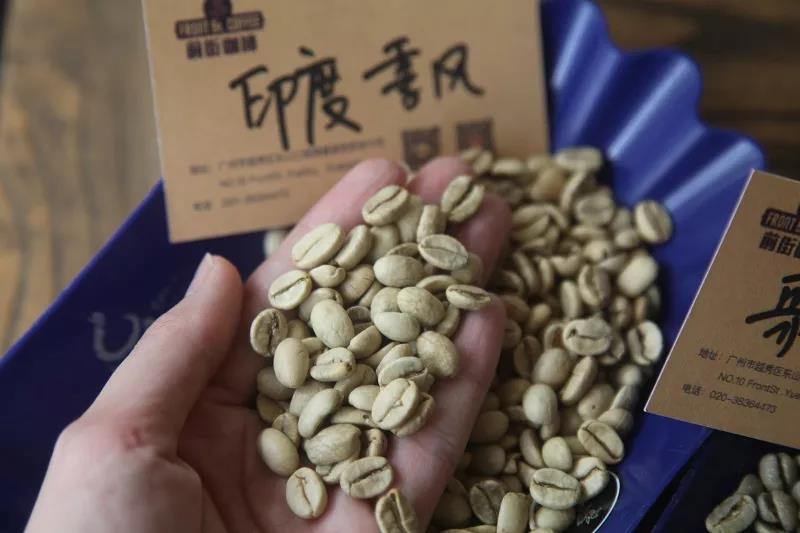
There are two special requirements for the aging of coffee:
1. To store in a warehouse with temperature and humidity control or ventilation:
Aged beans should be stored in the country of origin and stored in warehouses with temperature and humidity control or good ventilation.
two。 To turn regularly and constantly:
You must check it frequently and turn the whole bags of coffee beans in linen cloth in order to give each side even contact with the air, make the coffee beans the same degree of dryness, and avoid mildew and decay.
[monsoon Coffee monsooning coffee]
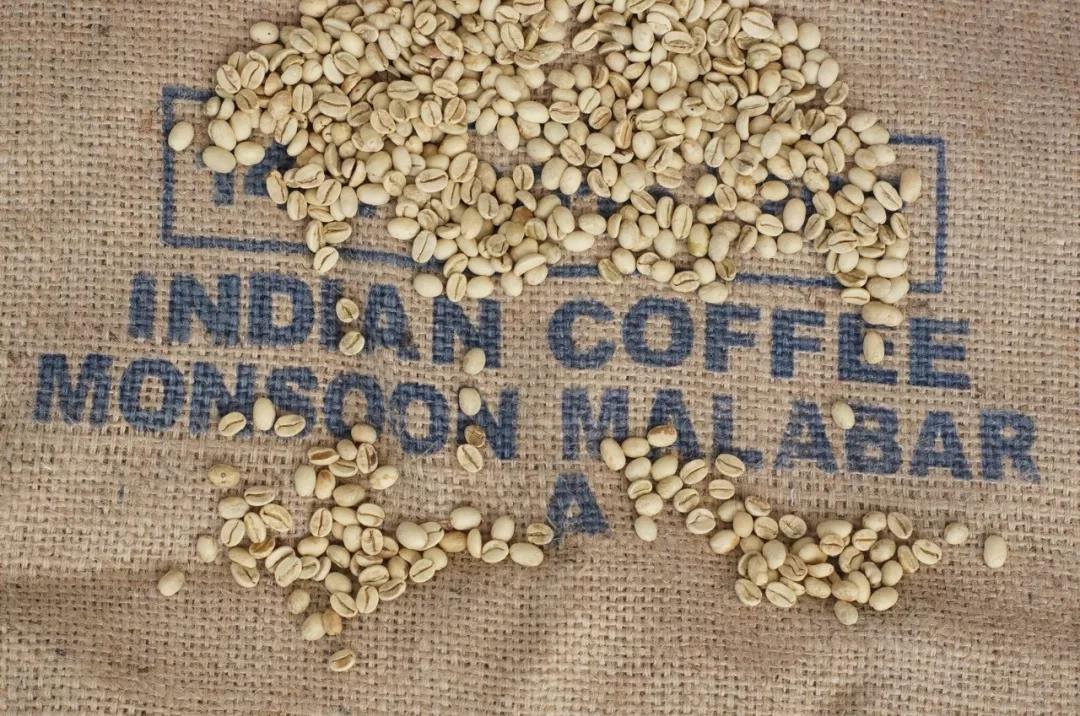
There are several reasons why Indian coffee is popular with coffee lovers, but the most important is a process used on coffee beans, often referred to as the "monsooning" process.
Monsoon coffee (rainy season Malaba) is a unique coffee from southern India using a typical air-drying process, specially stored in an open warehouse and exposed to the monsoon to increase viscosity and reduce acidity.
But when it comes to wind-stained coffee, it's a new flavor created inadvertently. In the 17th and 18th centuries, India shipped coffee beans to Europe by sailboat, which took six months. The raw beans were placed on the bottom of the barn and absorbed the moisture and salty taste of the sea. The raw beans arrived in Europe and had deteriorated. The color changed from dark green to the yellowish brown of rice. The acidity of the coffee almost disappeared, but it unexpectedly developed a strong nutty and cereal flavor. It tasted full, with a bit of black rice tea flavor. The original coffee shipped to Europe took more than half of the time to become "transformed" and lost its original flavor, so exporters thought of the salty and wet environment blown by the Indian ocean along the coast of Malaba in southwestern India every year from late May to September. After several experiments, it was made similar to the old golden coffee without acid, so it was named "monsoon coffee", commonly known as wind-stained coffee. For hundreds of years, it has been widely used by European coffee manufacturers to prepare mixed coffee beans, which can increase the consistency and tea feel.
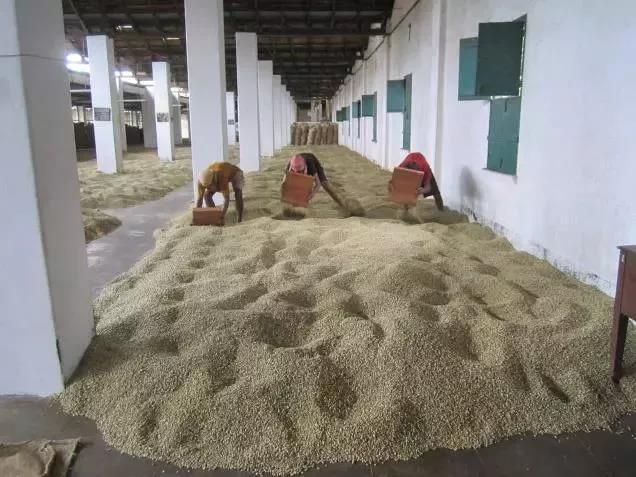
Monsoon coffee is stored in a special warehouse until the monsoon arrives, and the ventilation structure is designed to allow the moist monsoon to circulate between the coffee beans, so that its volume expands and shows a mellow but strong mildew smell.
The monsoon process is labor-intensive: coffee is spread out in special ventilated warehouses and raked or turned by hand to allow coffee beans to absorb moisture in the moist wind. The whole process takes 12 to 16 months, in which the coffee beans expand to twice their original volume and have a dull golden yellow. Then the coffee beans that are not fully inflated are picked out with extra processing, and the rest of the coffee is to be exported.

The aroma of this dried coffee is not very strong, but with the addition of water, a combination of strongly roasted nuts (dry-roasted peanuts), caramel and tobacco come to the nostrils.
[raw bean comparison]
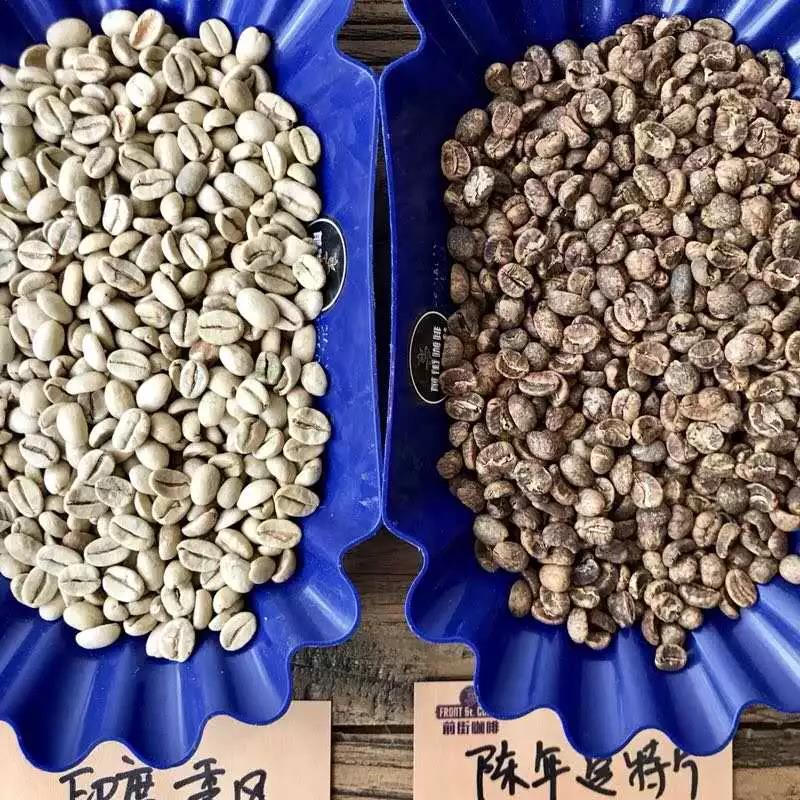
(Indian monsoon on the left and old Manning on the right)
The Indian monsoon has a very beautiful golden color on its surface due to its long exposure to the moist monsoon, while the old Manning looks dark and dehydrated because it has been stored in a dark environment for a long time.
[flavor comparison]
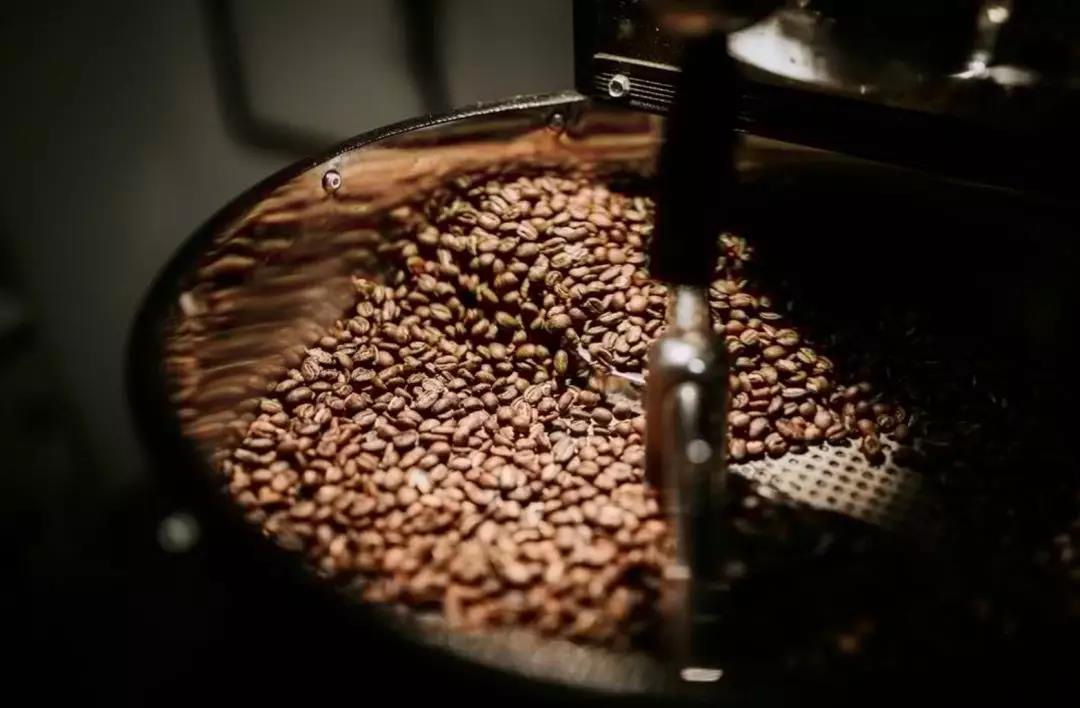
Degree of grinding: 4 (Fuji R440)
Water temperature: 88 °C
Kono filter cup, 17 grams of powder, water temperature 88 degrees, grinding 4, water powder ratio close to 1:14
Technique: steaming with 30 grams of water for 30 seconds
Segment: water injection to 120g cut off, slightly larger water injection to 221g
The total extraction time is 1:50-2 minutes.

[aged Manning] after many years of storage, the acidity becomes very soft, and the taste is more round and easy to taste, just like ripe. It has a good aroma of pine, with hints of herbs, cocoa and a long caramel-like taste.
[Indian monsoon coffee] because the coffee beans have been exposed to the moist monsoon for a long time, the acidity of the coffee itself has been greatly reduced, the taste is very special, and it will be a little salty. Rich aromas of caramel, raisins and herbs, with a raspberry finish and a taste of black rice tea.
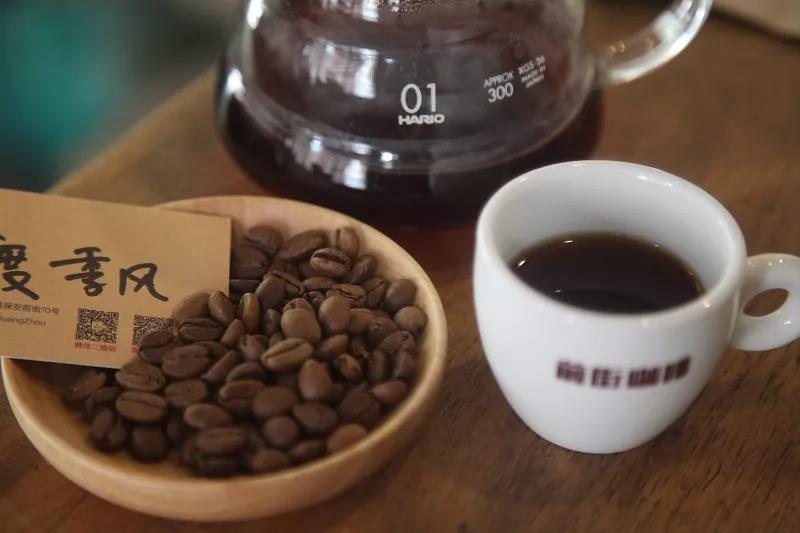
Important Notice :
前街咖啡 FrontStreet Coffee has moved to new addredd:
FrontStreet Coffee Address: 315,Donghua East Road,GuangZhou
Tel:020 38364473
- Prev

Ultra-simple picture and text method of cold-extracted coffee teaching cold-extracted coffee powder-water ratio sharing
Professional coffee knowledge exchange more coffee bean information please follow the coffee workshop (Wechat official account cafe_style) to teach you an ultra-easy way to make a good cup of cold coffee, the things and steps to prepare are very simple: 1. Hang a bag of 2.200cc drinking water (cold water) 3. When the sealed container is ready, you can start making cold extracted coffee: step 1
- Next

What is Blue Mountain Coffee? Do you know the story of Blue Mountain Coffee? The cooking parameters are suggested.
Professional coffee knowledge exchange more coffee bean information please follow the coffee workshop (Wechat official account cafe_style) Blue Mountain Coffee producing Jamaica, named after the Blue Mountains surrounded by the Caribbean Sea. Jamaican Blue Mountain Coffee has always been a divine existence in China, and almost every coffee shop must claim to have it. It's just that not many people really use blue mountain beans. According to 2004
Related
- Detailed explanation of Jadeite planting Land in Panamanian Jadeite Manor introduction to the grading system of Jadeite competitive bidding, Red bid, Green bid and Rose Summer
- Story of Coffee planting in Brenka region of Costa Rica Stonehenge Manor anaerobic heavy honey treatment of flavor mouth
- What's on the barrel of Blue Mountain Coffee beans?
- Can American coffee also pull flowers? How to use hot American style to pull out a good-looking pattern?
- Can you make a cold extract with coffee beans? What is the right proportion for cold-extracted coffee formula?
- Indonesian PWN Gold Mandrine Coffee Origin Features Flavor How to Chong? Mandolin coffee is American.
- A brief introduction to the flavor characteristics of Brazilian yellow bourbon coffee beans
- What is the effect of different water quality on the flavor of cold-extracted coffee? What kind of water is best for brewing coffee?
- Why do you think of Rose Summer whenever you mention Panamanian coffee?
- Introduction to the characteristics of authentic blue mountain coffee bean producing areas? What is the CIB Coffee Authority in Jamaica?

